7 Best Sound Absorbing Panels for Ultimate Acoustic Comfort
In the quest for optimal acoustic comfort, sound absorbing panels have emerged as essential tools for controlling noise levels in various environments. Whether you're setting up a home studio, designing a quiet office space, or enhancing the comfort of a busy restaurant, the right sound absorbing panels can drastically improve sound quality by minimizing echoes and reducing background noise. With a wide array of styles, materials, and configurations available, selecting the best sound absorbing panels can be overwhelming. This guide delves into the top seven sound absorbing panels on the market today, highlighting their unique features, effectiveness, and suitability for different settings. By understanding the importance of sound management and the role these panels play, you can make informed decisions that enhance your acoustic environment and overall well-being.
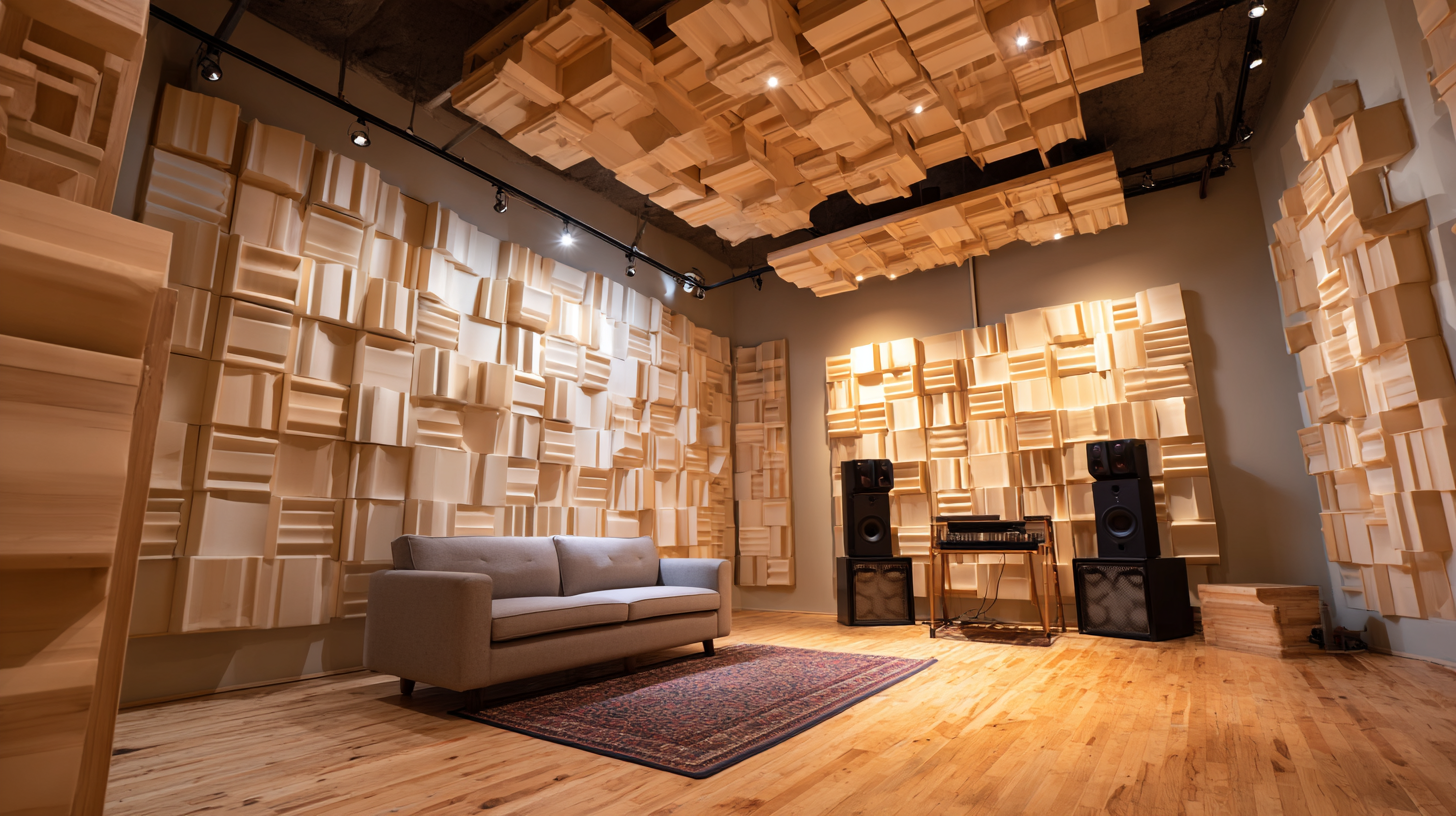
Factors to Consider When Choosing Sound Absorbing Panels for Your Space
When selecting sound absorbing panels for your space, several key factors must be considered to ensure you achieve the desired acoustic comfort. First, the material of the panels plays a crucial role in their effectiveness. Common materials include fiberglass, foam, and fabric-wrapped panels, each offering varying degrees of sound absorption. Fiberglass panels are known for their high-performance capabilities, while foam panels are often lighter and easier to install, making them suitable for home environments.
Another important aspect is the design and aesthetic integration of the panels within your space. Sound absorbing panels come in various styles, colors, and shapes, allowing you to enhance the decor while improving acoustics. It's essential to consider both functionality and visual appeal, especially in settings like offices or studios where ambiance matters. Additionally, the size and placement of the panels can significantly impact sound absorption; therefore, assessing room dimensions and identifying areas with high sound reflection will help optimize your setup for ultimate acoustic comfort.
7 Best Sound Absorbing Panels for Ultimate Acoustic Comfort
| Panel Type | Material | Thickness | NRC Rating | Size Options | Price Range |
|---|---|---|---|---|---|
| Wall Panel | Foam | 2 inches | 0.80 | 24" x 24", 48" x 24" | $30 - $50 |
| Ceiling Tile | Mineral Fiber | 1 inch | 0.95 | 2' x 2', 2' x 4' | $25 - $60 |
| Baffles | Fabric Wrapped | 3 inches | 1.00 | 12" x 48" | $40 - $80 |
| Cloud Panel | Fiberglass | 2 inches | 0.90 | 24" x 48" | $50 - $100 |
| Bass Trap | Acoustic Foam | 4 inches | 1.10 | 12" x 12" | $20 - $35 |
| Studio Panel | Wood and Fabric | 2 inches | 0.85 | 24" x 36" | $60 - $120 |
| Decorative Panel | Recycled Materials | 2.5 inches | 0.92 | 20" x 20" | $40 - $90 |
Types of Sound Absorbing Materials and Their Acoustic Performance Ratings
When it comes to enhancing acoustic comfort in various environments, understanding the types of sound-absorbing materials and their corresponding performance ratings is essential. Acoustic panels are made from various materials, including foam, fabric-wrapped fiberglass, wood, and polyester composites. Each material exhibits unique properties that determine its effectiveness in reducing echo and overall noise levels. According to industry reports, fiberglass panels offer one of the highest Noise Reduction Coefficients (NRC) ratings, often reaching values above 0.90, making them ideal for spaces like recording studios and concert halls where sound clarity is paramount.
Additionally, porous materials such as acoustic foam can provide significant sound absorption across a broad frequency range. For instance, studies have shown that high-density foam panels typically achieve NRC ratings of around 0.75 to 0.85, which is effective for residential applications like home theaters or offices. Conversely, while wood panels have aesthetic appeal, their NRC ratings tend to be lower, around 0.50 to 0.70, indicating that they may be best suited for decorative purposes rather than solely for sound absorption. Understanding these differences allows consumers to select the appropriate sound-absorbing panels that align with their specific acoustic needs and aesthetic desires.
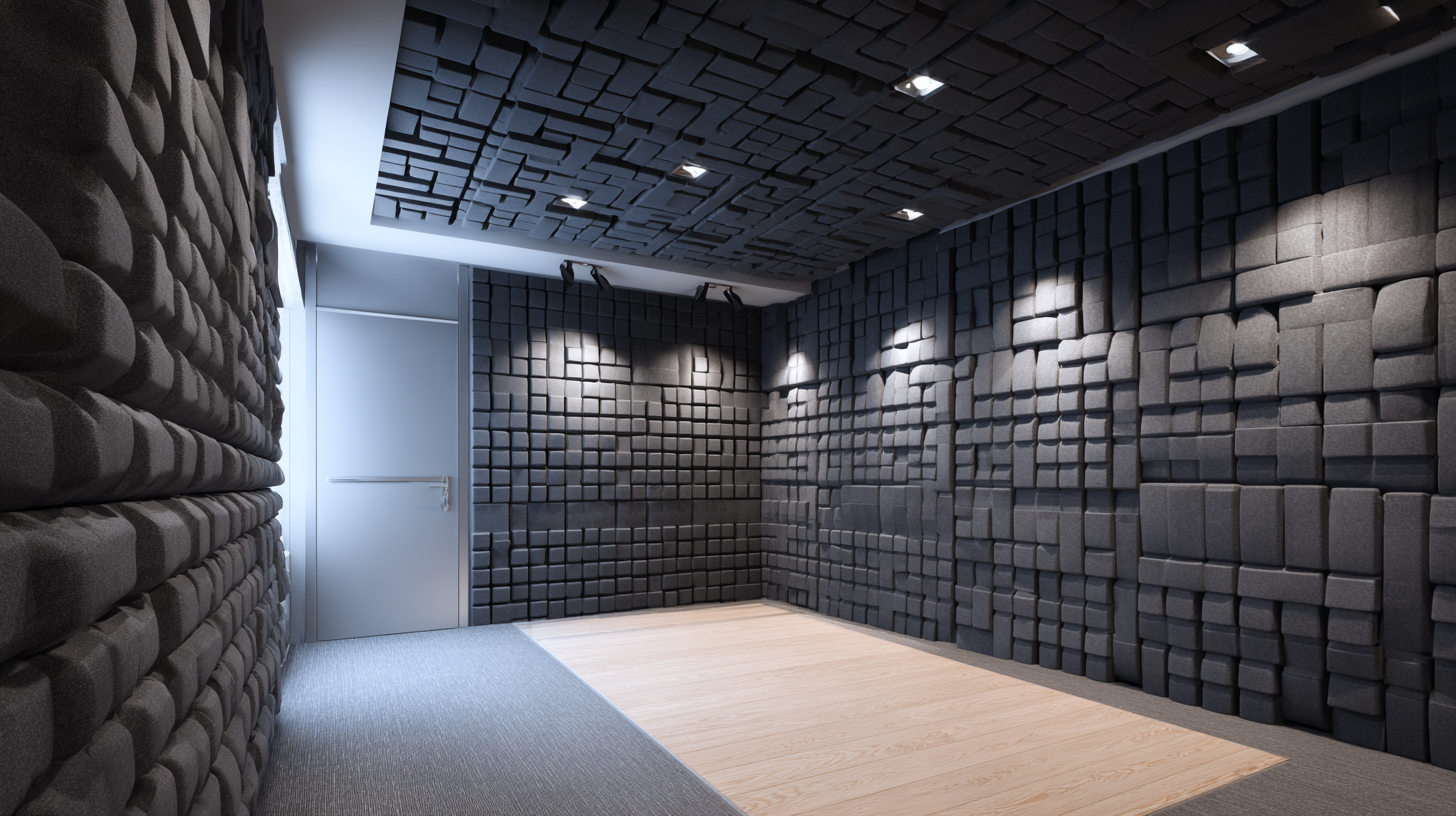
Installation Methods for Optimal Sound Absorption: DIY vs. Professional Help
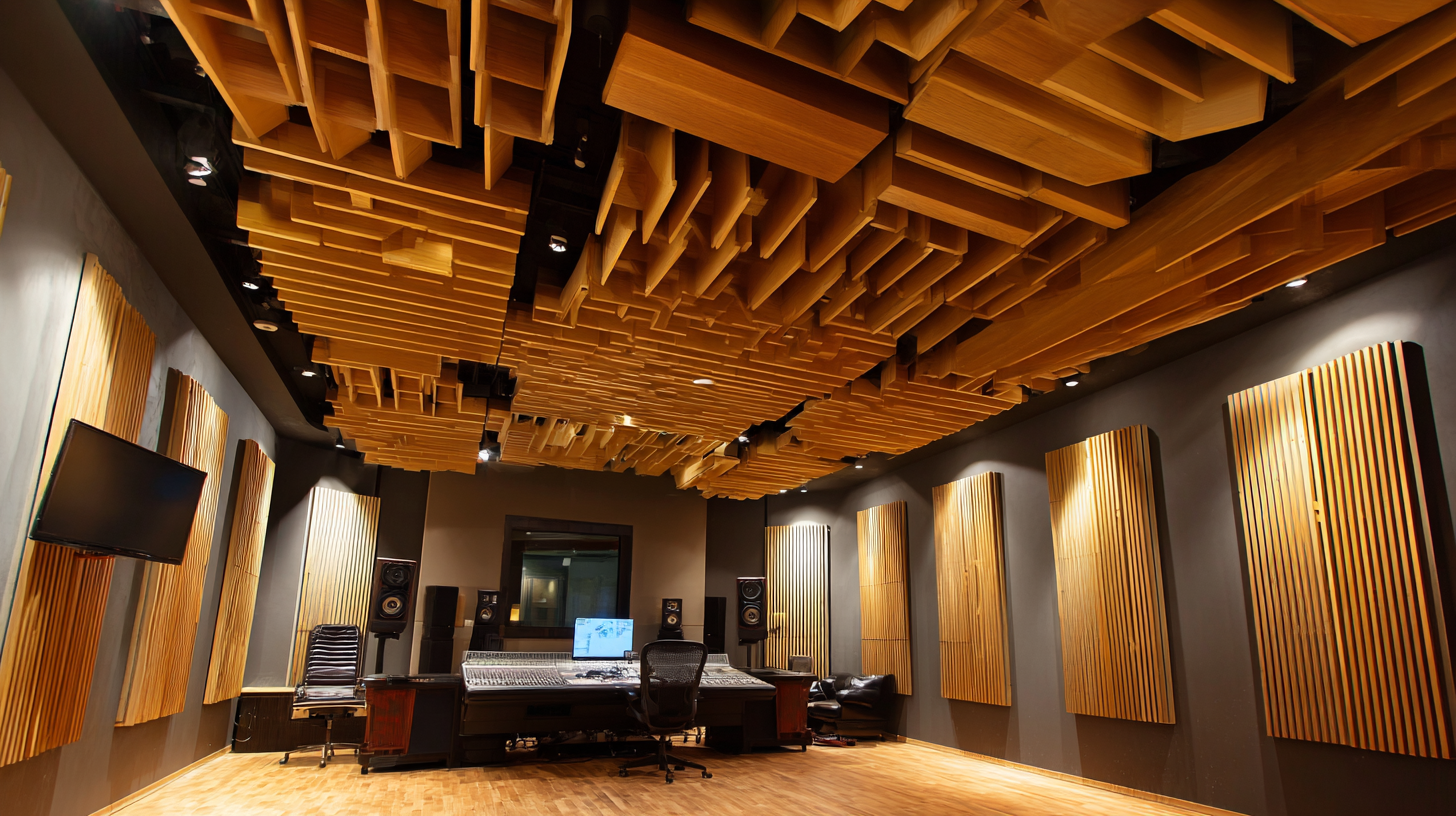 When it comes to enhancing acoustic comfort in your space, choosing the right sound-absorbing panels is just the beginning. The installation method you select can significantly influence the effectiveness of these acoustic solutions. DIY installation offers several advantages, including cost savings and the flexibility to customize the arrangement based on your aesthetic preferences. By engaging in a hands-on approach, you can experiment with various layouts and achieve a tailored sound experience. Moreover, many modern acoustic panels come with easy-to-follow instructions, making the installation process accessible to those with basic handy skills.
When it comes to enhancing acoustic comfort in your space, choosing the right sound-absorbing panels is just the beginning. The installation method you select can significantly influence the effectiveness of these acoustic solutions. DIY installation offers several advantages, including cost savings and the flexibility to customize the arrangement based on your aesthetic preferences. By engaging in a hands-on approach, you can experiment with various layouts and achieve a tailored sound experience. Moreover, many modern acoustic panels come with easy-to-follow instructions, making the installation process accessible to those with basic handy skills.
On the other hand, enlisting professional help can provide a seamless installation experience and ensure optimal performance. Professionals bring expertise and a keen understanding of acoustics, allowing them to strategically place panels in a manner that maximizes sound absorption. This is particularly beneficial for commercial spaces or larger rooms where sound dynamics can be more complex. Ultimately, the choice between DIY and professional installation should consider your personal skills, budget, and the specific acoustic needs of the environment you wish to enhance.
How Sound Absorbing Panels Impact Room Acoustics and Noise Reduction Levels
Sound absorbing panels are essential components in creating acoustically comfortable environments, particularly in spaces where noise control is a priority. These panels effectively reduce sound reflections and echoes, which are often responsible for poor sound quality and heightened noise levels. When strategically placed on walls and ceilings, they can absorb excess sound, thereby improving overall acoustics in a room. This is especially beneficial in areas such as recording studios, theaters, and open-plan offices, where clear sound transmission is paramount.
The impact of sound absorbing panels on noise reduction levels is significant. By minimizing sound reverberation, these panels help to create quieter and more pleasant environments. This is particularly important in spaces like classrooms or conference rooms, where distractions from background noise can hinder focus and communication. Furthermore, many of these panels come in various designs and materials, allowing them to blend aesthetically with the room's decor while performing their acoustic functions efficiently. Ultimately, the right sound absorbing panels can transform an echoey room into a serene haven, enhancing both comfort and concentration.
Maintenance Tips for Prolonging the Life of Your Acoustic Panels
To ensure the longevity of your acoustic panels, proper maintenance is essential. Firstly, dust and debris can accumulate over time, affecting the panels' performance. Regularly use a soft, dry cloth or a vacuum with a brush attachment to gently remove dust. For panels made from fabric or foam, occasional spot cleaning with a mild detergent can help address stains without damaging the material. Always refer to the manufacturer's instructions regarding cleaning agents and methods to avoid unnecessary wear.
In addition to surface cleaning, consider the placement of your acoustic panels. Avoid areas with excessive moisture or direct sunlight, as these conditions can significantly reduce the lifespan of the materials. If your panels are mounted on walls, ensure they are securely installed to prevent any accidental falls or damage. Lastly, periodically inspect your panels for any signs of wear or deterioration, and address any issues promptly to maintain their acoustic effectiveness and aesthetic appeal.
Related Posts
-
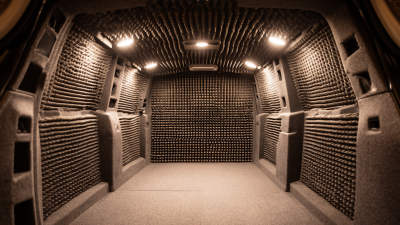
How to Choose the Right Sound Deadening Material for Your Project
-

Exploring the Impact of Sound Absorbing Panels at the 138th Canton Fair 2025: Industry Insights and Trends
-
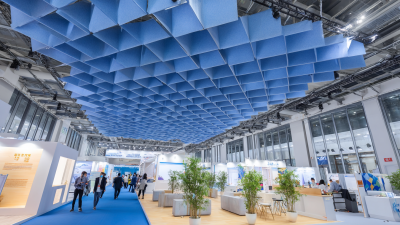
Exploring Market Trends: Sound Absorbing Panels at the 138th Canton Fair 2025 with Key Industry Insights
-
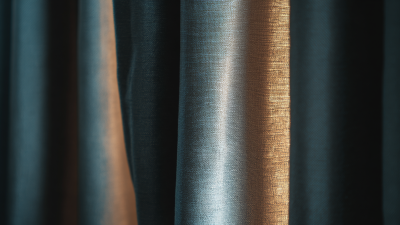
What is Sound Dampening Curtains and How They Reduce Noise Levels by up to 70 Percent
-

Industrial Curtains Market Growth Projections at China Import and Export Fair 2025 138th Session
-
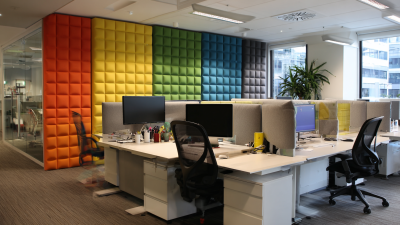
10 Proven Ways Acoustic Sound Panels Improve Office Productivity by 30% or More